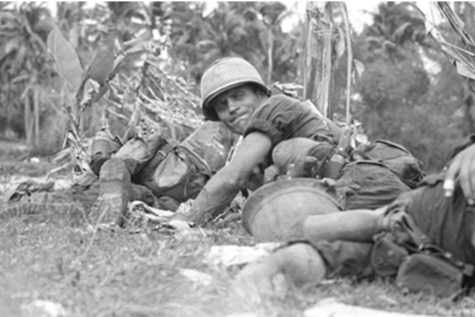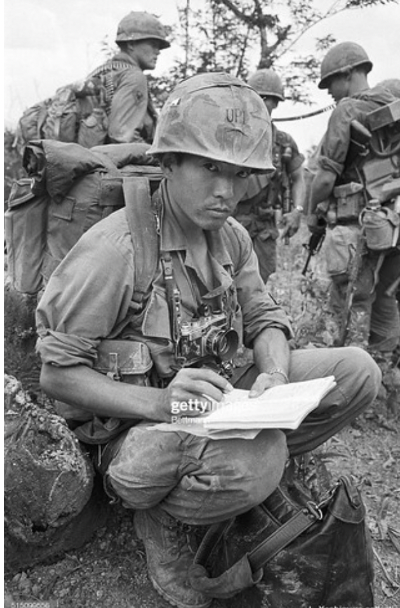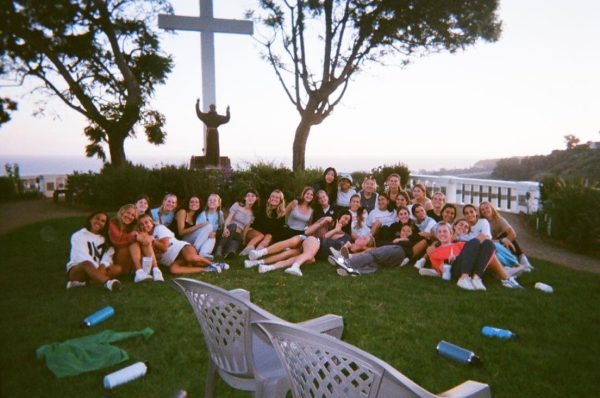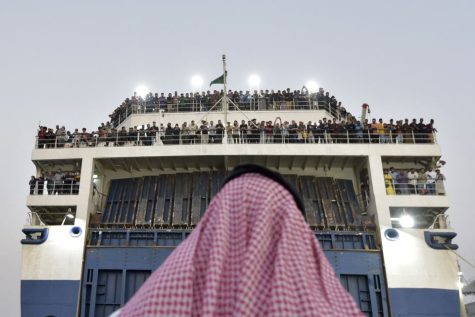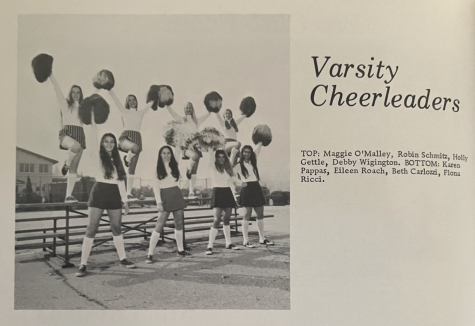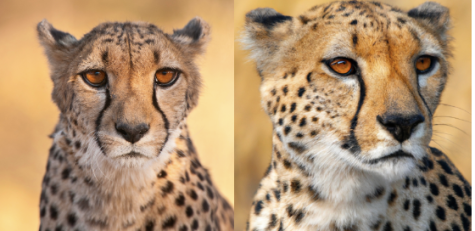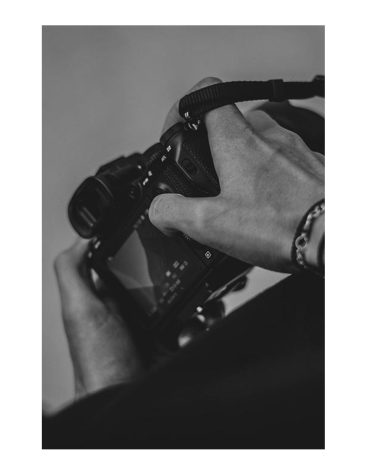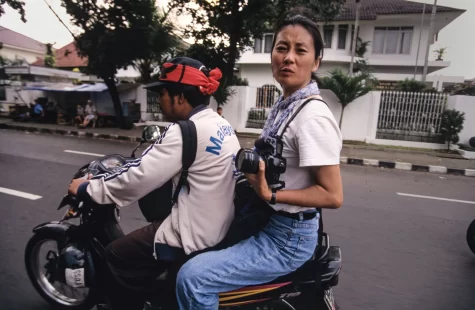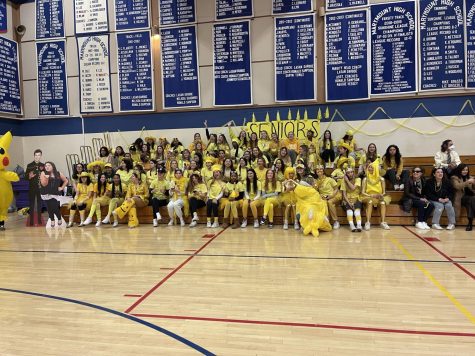Photojournalism in the Vietnam War
December 16, 2022
Trekking through the dense foliage of the native Central Vietnamese lowlands, Robert Hodierne took immediate cover at the sound of machine guns firing directly at him. His two cameras vibrated beneath him as he shook with fear. He glanced two feet ahead of him seeing three soldiers lying in the dirt: one shot dead, one severely injured, and Sergeant Joe Musial reaching for the dead man’s grenade. Hodierne captured this powerful image inches from death.
Hodierne captured the triumphs, struggles, and pain of the Vietnam war through the lens of his Nikon F-35. The photojournalists shooting the Vietnam war photographed millions of insights into the battles of the Vietnam war through their camera lenses. Photojournalists were among the most essential players in the war. They acted as messengers for the American people to give them a visual of the war. The US military influence allowed photojournalists to travel freely throughout South Vietnam during the war and even allowed certain photographers to join American troops on their expeditions. This important form of media was the first time Americans were able to see the devastation of war. With this new ability, American support for the war declined and fueled the antiwar movement because people viewed the American forces as losing when that was not the case.
One of the most notable photos of the war was “The Napalm Girl” that depicts a nine-year-old girl naked among four other children following the American napalm bombing of a Vietnamese civilian town thought to be home to Vietcong members. The child stripped off her clothing as they caught fire and she screamed as her body was burning. Nick Ut, a Vietnamese-American photographer, captured this devastating moment and won the Pulitzer Prize for this photograph. His image captured the American aggression in the war and the painful attacks on civilians. This appealed to the emotions of Americans contributing to the rising Anti-war movement. This image served as a gateway into the heinous crimes American troops committed on Vietnamese villages that had a profound impact on American society. With the decline of national support for the war, President Nixon reduced American troops in Vietnam bringing the war to a close with the country reuniting under the north’s control. Photojournalism was an essential player in bringing an end to the war and giving American citizens an entry into seeing the effects of war. Not only did these photos have a monumental impact on American society, but they also show the courage and strength of the photographers to enter dangerous conditions. Photojournalism was truly a fundemental part of the Vietnam War.



